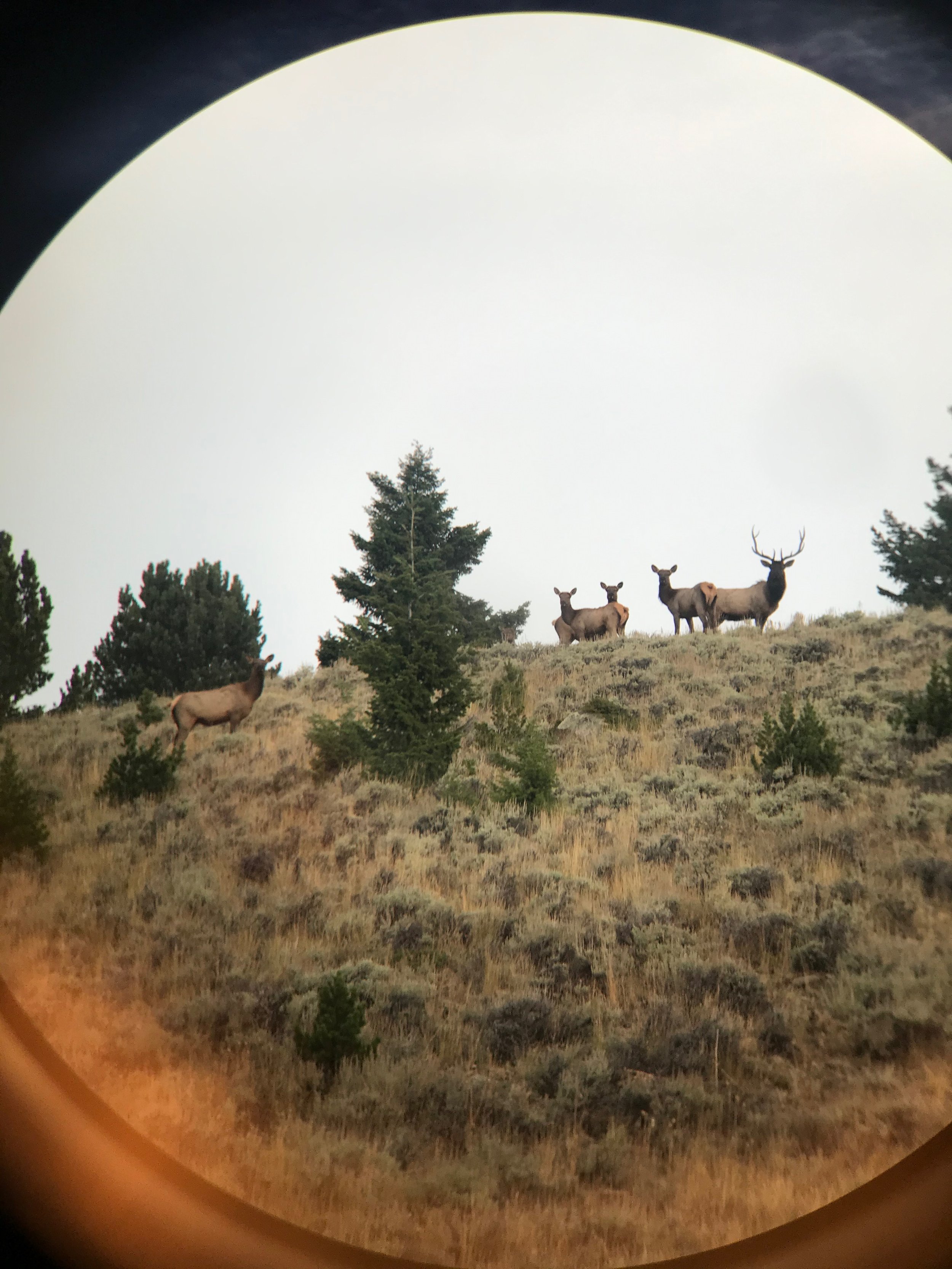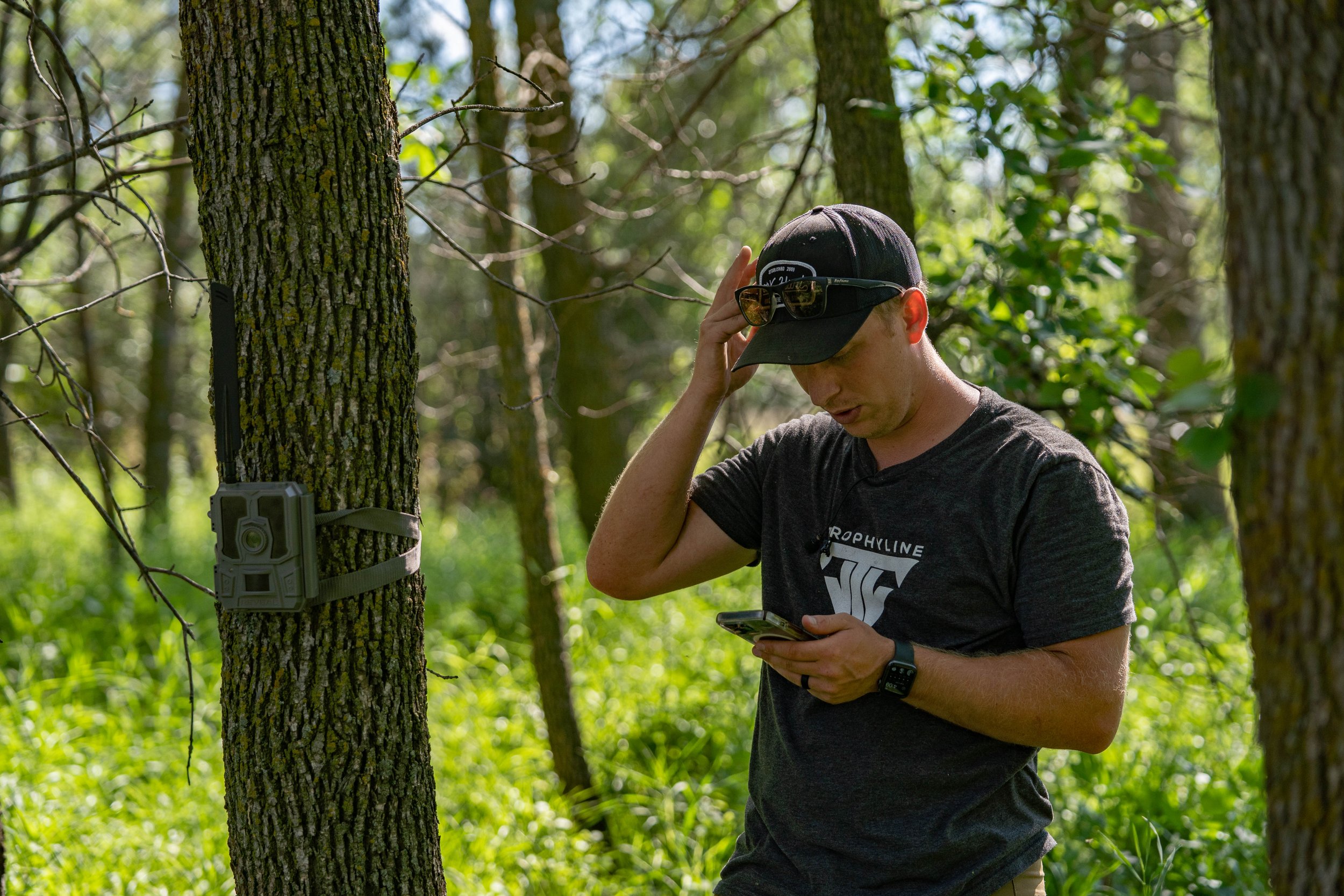By Scott Spitzley
On October 24th of last year, I had a huge eye-opening event that happened to me while climbing into my tree-stand. Luckily, I was wearing a lineman’s rope and I turned out to be just fine, but it was enough to shock me a little bit and made me count my blessings a little more than normal.
Unfortunately, I feel that events like this are how most hunters learn to take safety a little more serious than before, and I think we as hunters need to take these precautions into account without having to “learn our lesson” in the first place.
Below I have a few tips that we as hunters should take into consideration at all times, helping us prevent tragic incidents from happening, and not having to learn your lesson as others have. With that, let’s jump right into some things you can do to in order to be safer in the tree.
Checking your equipment
It is very important to check your equipment whether you are using a climber, ladder stand, or a hang-on stand. It’s very simple to do and it’s something we can do right at home. This includes making sure all bolts are tight and analyzing the straps looking for those frays and rips. Checking for any cracks in the stands is important as well, they most likely occur at the weld, but do not hesitate to check the rest of the stand.
3 points of contact
I would say most of the accidents occur while climbing up the tree. Keeping at least 3 points of contact while climbing up can prevent you from falling completely, even if a ladder or stick does slip or break. For example, having both feet and at least one hand on an object would mean you have “3 points of contact.” If one of your feet were to slip, you would still have one foot and your hand to help prevent you from falling completely.
Lineman’s Rope or Lifeline
From being mobile and sitting a different tree every hunt, to climbing up the same tree in the same stand every day, there are ways to prevent you from falling to the ground. If you hunt nothing but permanent stands, a lifeline can be your best friend. This allows you to attach your safety harness to a rope that hangs freely near you at all times when climbing up and down your tree. If you happen to fall while climbing, it would then act like a seat-belt and catch you the moment it feels force, which would prevent you from falling.
A lineman’s rope is a little more difficult and a pain, once mastered though, you will thank yourself later when you do happen to slip as I did. A lineman’s rope is attached around your waist and then goes around the tree as you climb. You have to shimmy the rope up the tree as you climb, but if you fall, it too will catch you against the tree. This mechanism is not as safe or easy to use as the lifeline, but can still save you a broken neck, or even your life.
Wear a Safety Harness

Wearing a safety harness should be a must for deer hunters.
Pretty self-explanatory. Wear your safety harness. Don’t think of it as another layer or something that gets in your way as they can be a bit annoying. Think of it as something that makes you feel secure and safe. I don’t know about you, but I feel more comfortable and confident in my hunt knowing that I am hooked to the tree. (Editors note: Think of a harness as like wearing a seat belt. It shouldn’t be a choice you have to think about, but second nature. A harness WILL save your life. - Alex)
Being a little more cautious during bad weather
There are two points I want to include here. One is the fact that when it is raining or snowing, things tend to get slippery. Make sure you are being extra cautious climbing and/or standing in your stand when surfaces are wet.
Second is very low temperatures. Cold weather reduces our motor response, making it hard to be fully functional and alert. It is very important to dress accordingly during these temperatures or simply avoid climbing a tree overall if you don’t feel like you can do it safely.
Conclusion
It may be annoying and time-consuming following these techniques but can be worth it. Rather than being subjected to injury that will lead you to sit out a season or possibly the rest of your life. There are people out there that need you in their lives, don’t put them through an accident that can be prevented.
Other tips to consider when going afield
-Not overlooking stand regulations (weight limits)
-Bringing a phone in case you do fall
-Telling someone your location
-Choosing a good live tree

• 100% combed and ring-spun cotton (Heather colors contain polyester)
• Fabric weight: 4.2 oz/yd² (142 g/m²)
• Pre-shrunk fabric
• Side-seamed construction
• Shoulder-to-shoulder taping
• Blank product sourced from Guatemala, Nicaragua, Mexico, Honduras, or the US
• 60% cotton, 40% polyester
• 100% polyester mesh back
• Structured, 6-panel, mid-profile cap
• Pre-curved contrast stitched visor
• Underbill matches visor color
• Adjustable plastic snapback
• Blank product sourced from China
• 100% cotton face
• 65% ring-spun cotton, 35% polyester
• Front pouch pocket
• Self-fabric patch on the back
• Matching flat drawstrings
• 3-panel hood
• Blank product sourced from Pakistan
• 100% combed and ring-spun cotton (Heather colors contain polyester)
• Fabric weight: 4.2 oz/yd² (142 g/m²)
• Pre-shrunk fabric
• Side-seamed construction
• Shoulder-to-shoulder taping
• 100% combed and ring-spun cotton (Heather colors contain polyester)
• Fabric weight: 4.2 oz/yd² (142 g/m²)
• Pre-shrunk fabric
• Side-seamed construction
• Shoulder-to-shoulder taping
• 100% cotton
• Sport Grey 90% cotton, 10% polyester
• Fabric weight: 5.0–5.3 oz/yd² (170-180 g/m²)
• Open-end yarn
• Tubular fabric
• Taped neck and shoulders
• Double seam at sleeves and bottom hem
• 50% pre-shrunk cotton, 50% polyester
• Fabric weight: 8.0 oz/yd² (271.25 g/m²)
• Air-jet spun yarn with a soft feel and reduced pilling
• Double-lined hood with matching drawcord
• Quarter-turned body to avoid crease down the middle
• 1 × 1 athletic rib-knit cuffs and waistband with spandex
• Front pouch pocket
• Double-needle stitched collar, shoulders, armholes, cuffs, and hem





































